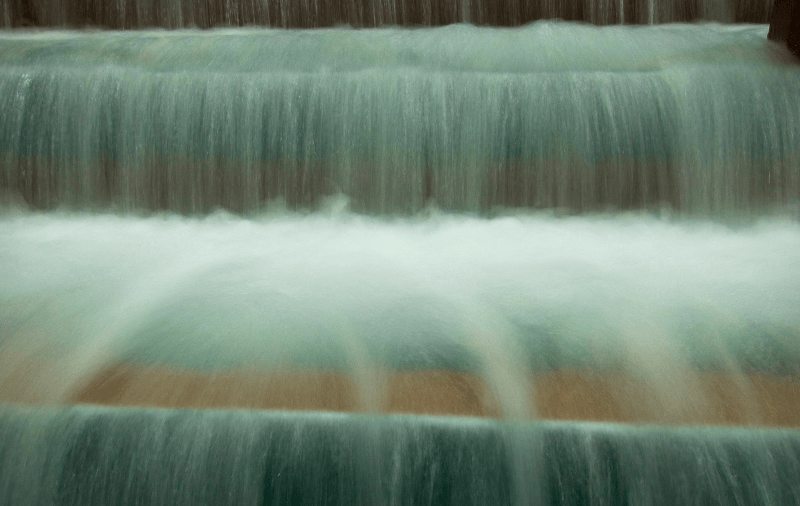
Receiving the best possible performance from your RO membranes is very important to maximise the volume of water recovered as RO permeate, Minimise the amount of electrical energy consumed and maximise the quality of RO permeate produced.
RO membrane development
RO membrane development has seen a reduction in energy consumption, resistance to membrane fouling and much more stable performance in the quality of RO permeate produced. Most RO membranes are of the Thin Film Composite design, which enable a much improved laminar flow along the membrane surface, which in turn provides a higher resistance to membrane fouling. By using the XLE derivative of membrane much less feed water pressure is required, which results in less electrical energy being consumed per litre of RO permeate produced.
RO feed water pre treatment
Any RO unit and the RO membranes within are only as good as the pre treatment of the feed water to the RO unit.
By this we mean:-
Removal of organic matter and free chlorine. The FILTERMAT AC backwashing activated carbon filter will achieve this.
Feed water hardness should be less than 4 parts per million as CaC03. A duplex meter controlled pair of water softeners sized at less than 30 bed volumes per hour will achieve this.
Finally 5 micron absolute rated depth filters will remove any physical particles greater than 5 micron and ensure the feed water fouling index is less than 6.
With all of the above in place trouble free RO membrane operation can be expected.
RO unit set up
The set up of the RO unit and the resulting conditions that the RO membranes are operated in is very important for the long term trouble free operation of the RO membranes. Recovery rates. The RO unit should be set up and the flows / pressures balanced to provide a 70% RO permeate recovery rate. The resulting concentrate water flow, ( reject) from the RO membrane, should be a 30% ratio of the RO permeate.
To clarify:
RO feed water 100%
RO permeate 70%
RO concentrate 30%
In addition to this any well designed RO unit will also have an in built concentrate recycle where a percentage of the concentrate is recycled and re introduced into the feed to the RO high pressure pump. This RO concentrate recycle flow should be equal to 30% of the feed water to the RO unit. All of the above are to ensure the RO membranes are operated under the best possible conditions.
CIP (Clean In Place ) cleaning your RO membranes
RO plants are installed and operated under a variety of conditions and uses. From time to time it can be necessary to clean the RO membranes. This cleaning, (CIP ) can be to remove hardness, Iron or organic matter. In bacteria sensitive applications the CIP procedure can also be used to clean and disinfect the RO membranes.
To complete CIP procedures a CIP and Disinfection rig is used.
In most cases to achieve ease of operation L port valves are installed in the RO pipe work in the feed, concentrate and permeate.
The CIP rig is connected to these L port valves.
The CIP tank is filled with RO permeate and the pre filter is removed.
A CIP cleaning solution is added to the CIP tank. This solution will normally be Citroclean or Enzo56 depending on the problem being experienced.
The L port valves are now positioned to feed the RO unit from the CIP rig and the concentrate and permeate waters are returned to the CIP tank. The RO concentrate valve is now adjusted to achieve maximum concentrate flow. In this way the CIP solution is recycled around the RO membranes at a high velocity. This procedure is conducted for one hour. In severe cases where the solution becomes discoloured this solution is discarded and a fresh solution made up and used.
Following this the RO unit is re connected to the softened water feed and the concentrate and permeate flushed to drain very gradually adjusting the flows until the permeate / concentrate ratio is back to normal operation.
Flushing is continued until the conductivity of the RO permeate is back in acceptable range.
Ongoing support with your RO membranes
The selection and use of the correct RO membranes is imperative for the best possible end result. Wychwood Water Systems provide ongoing support and site surveys for RO systems and RO pre treatment performance.









 We are a specialist independent company involved in water purification and water treatment technologies
We are a specialist independent company involved in water purification and water treatment technologies


